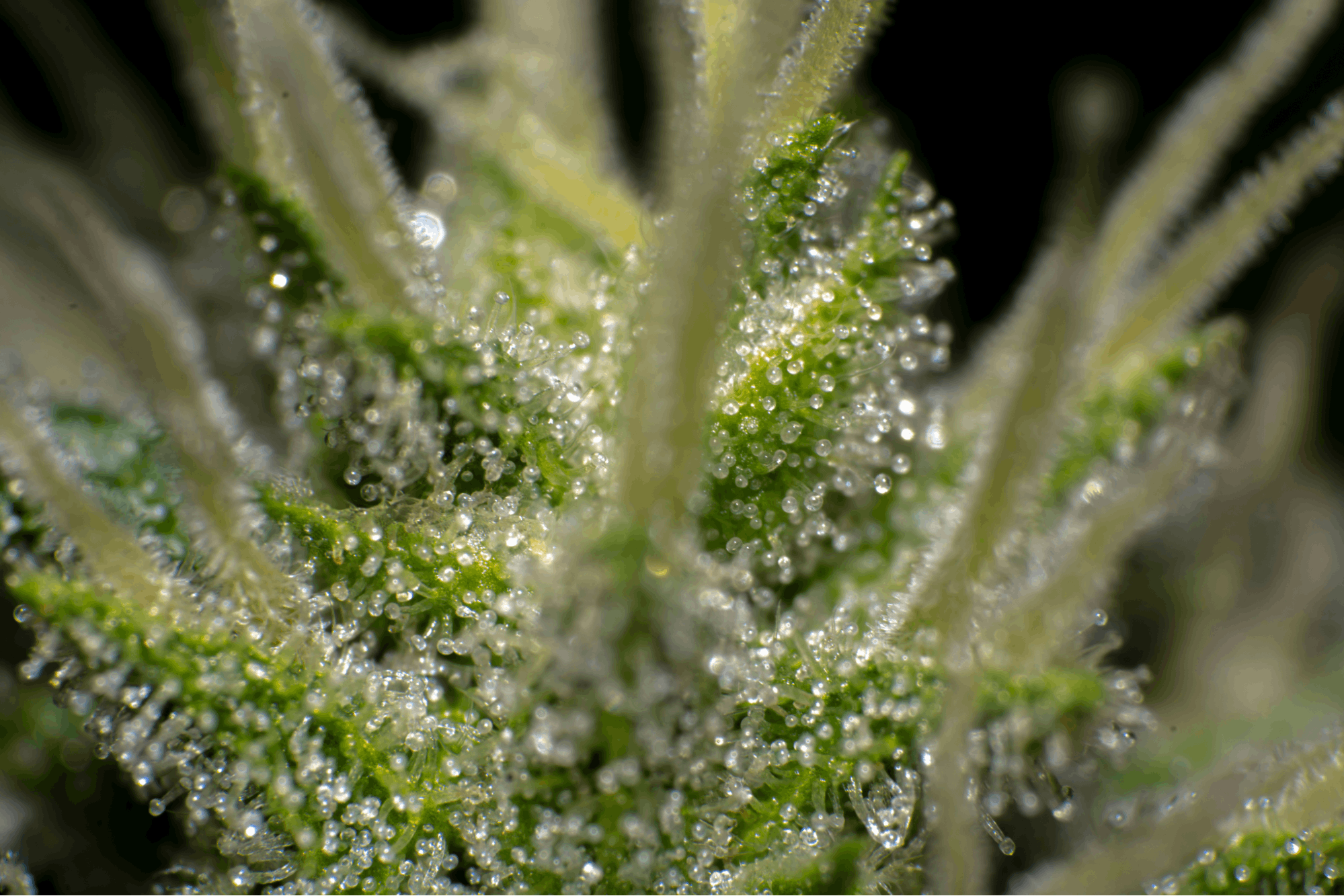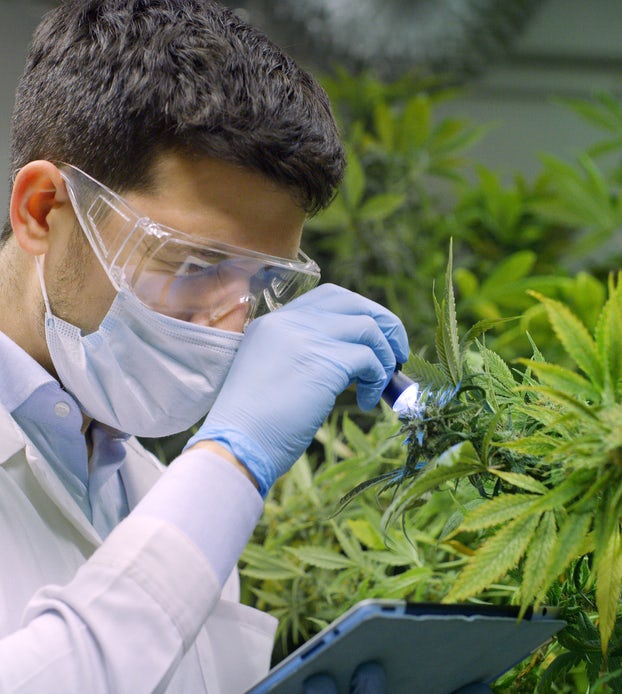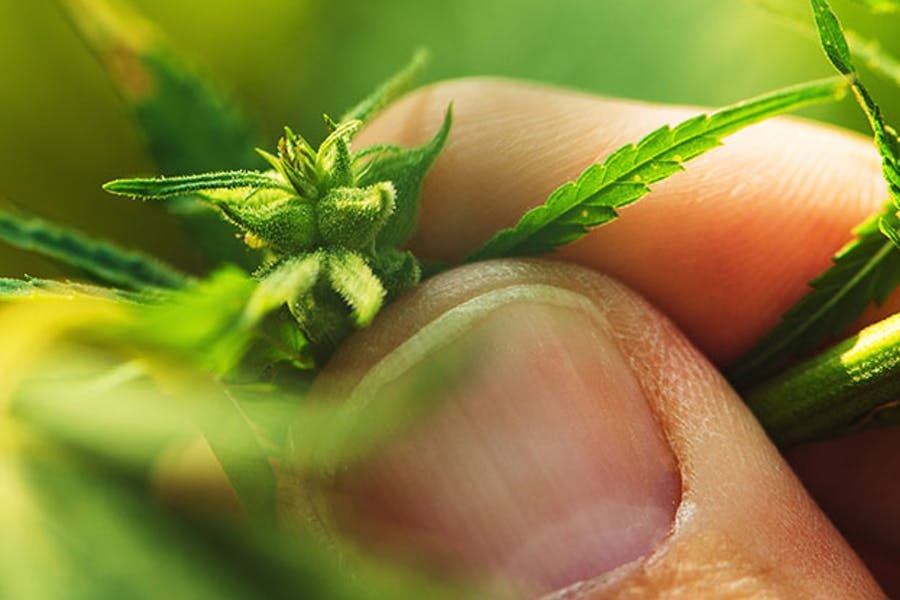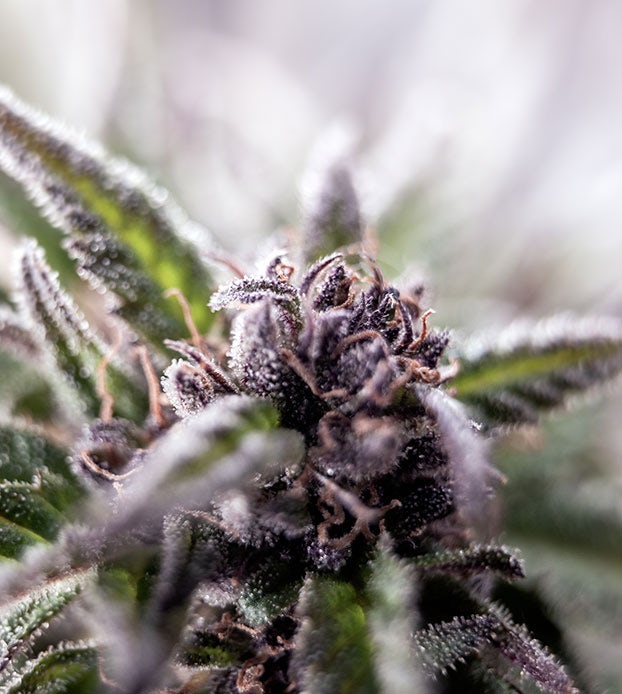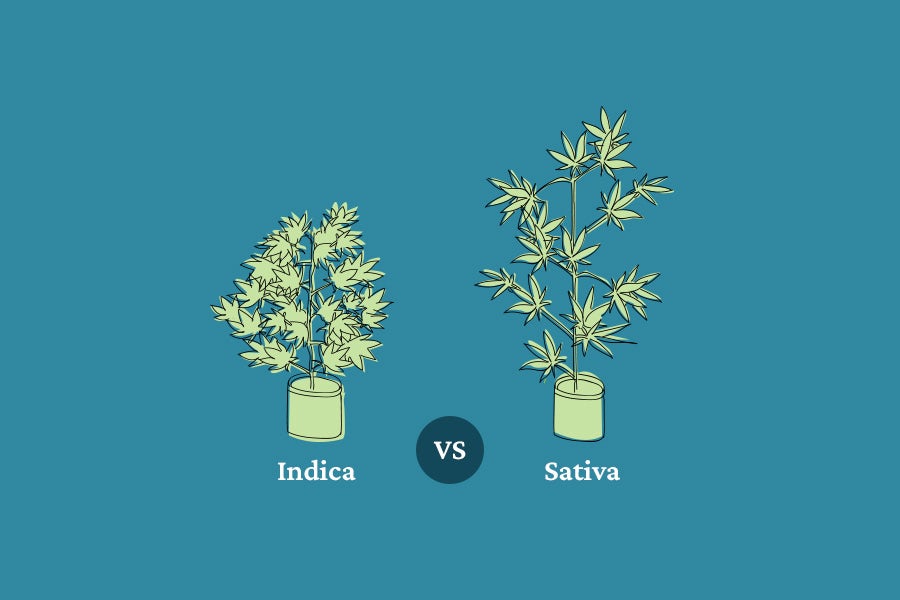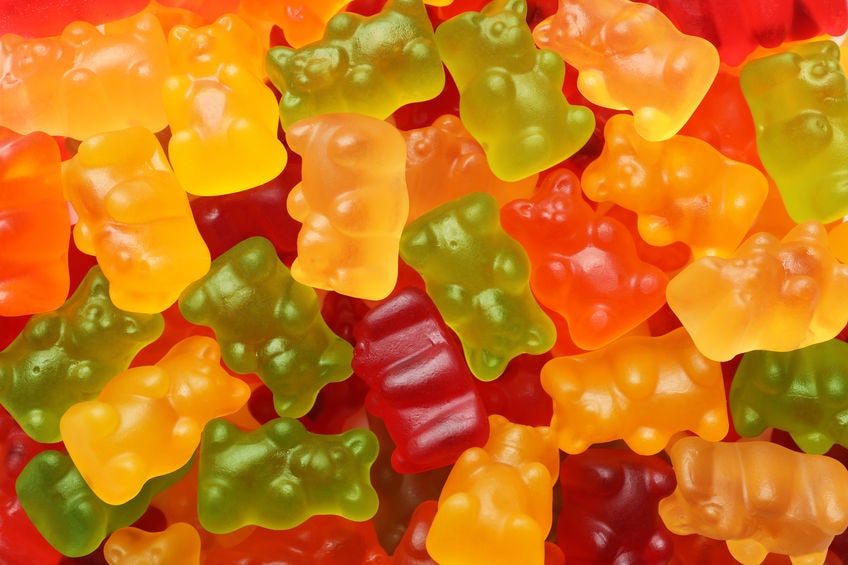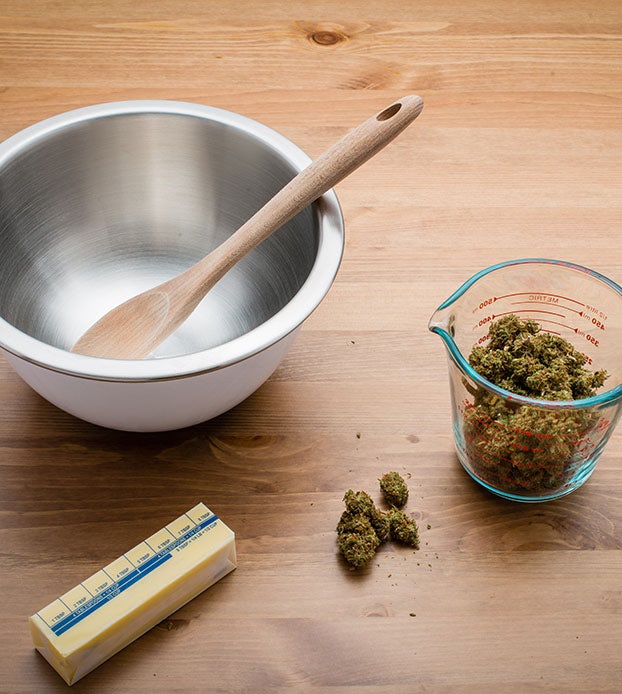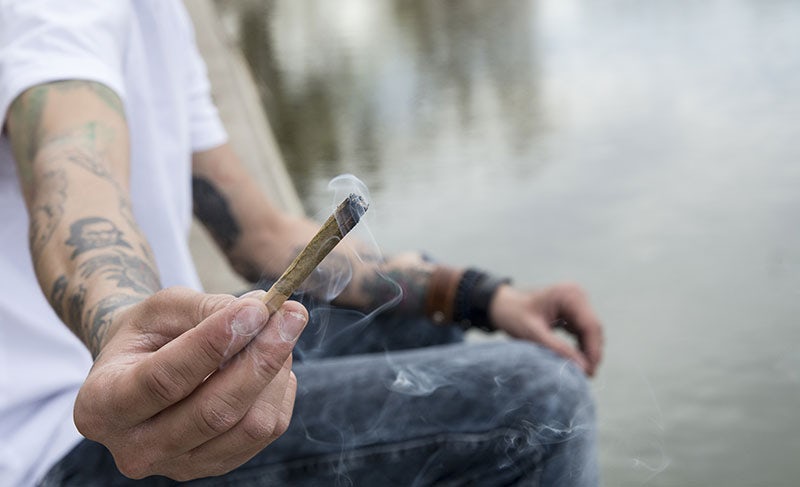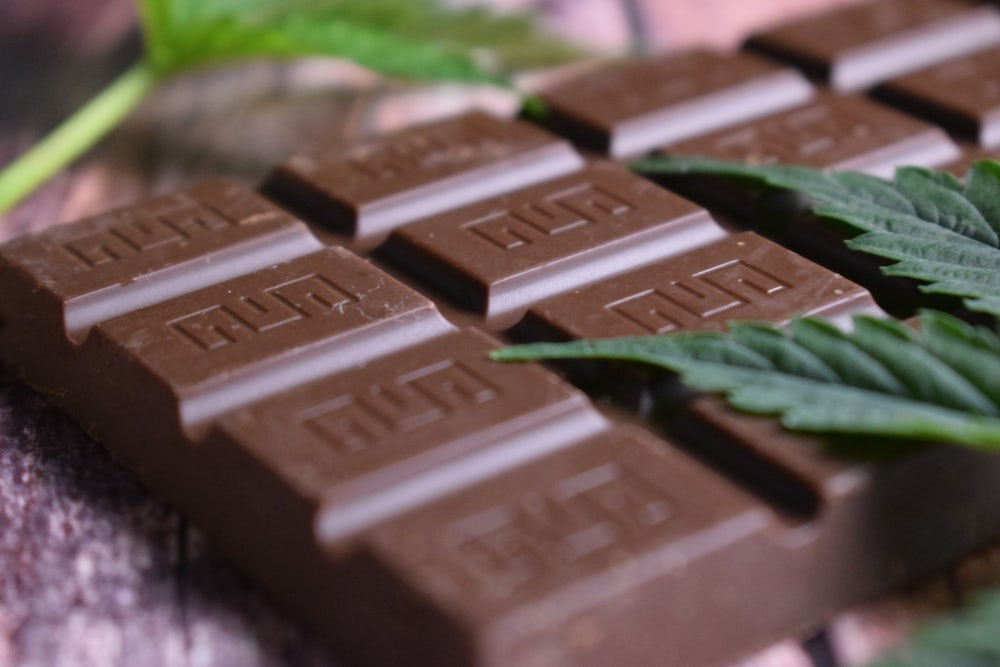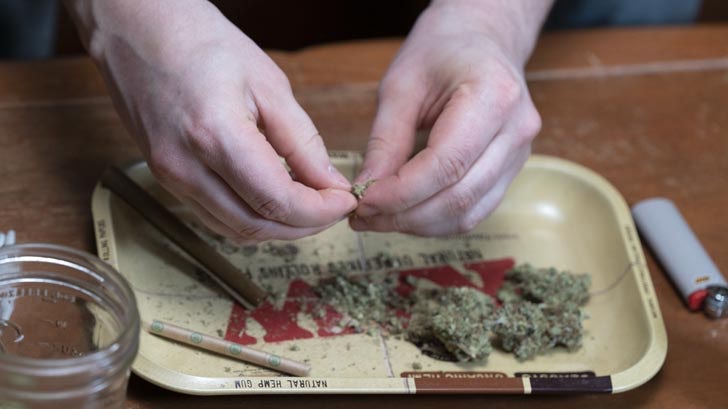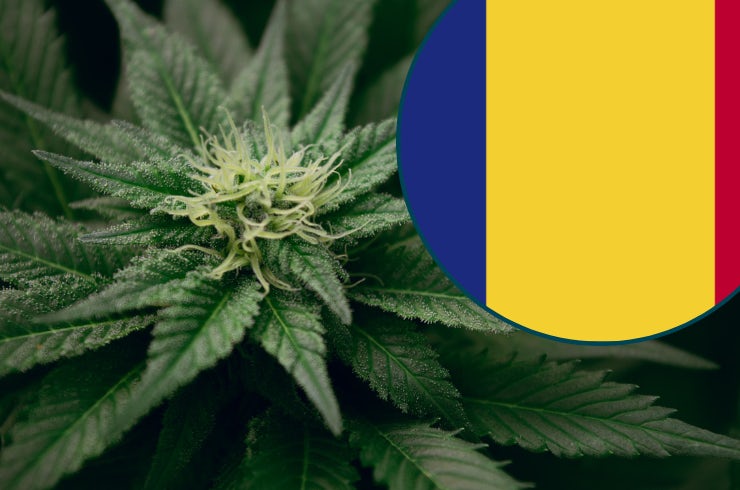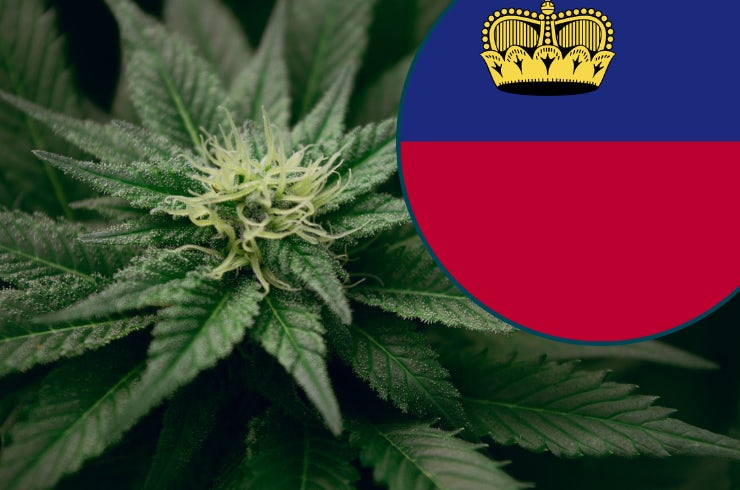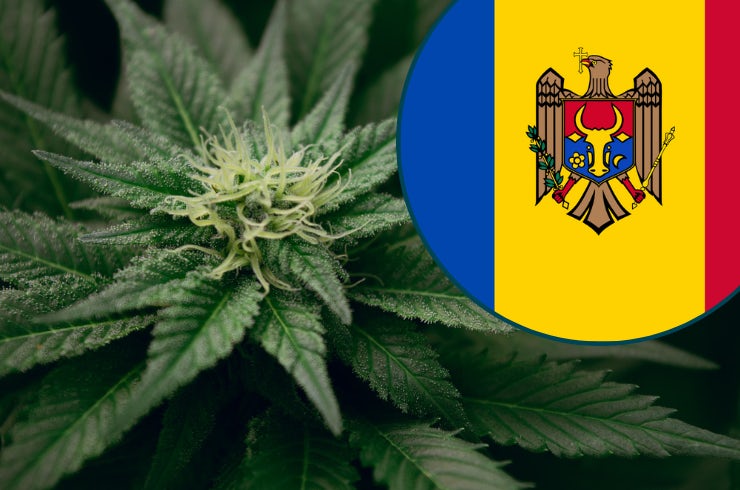Is ruderalis a type of cannabis or a different species? That’s a question that botanists have been debating for decades. Nonetheless, the little-known plant is increasingly catching on in the marijuana industry. But what are the origins of ruderalis? Does it produce a lot of THC? And how is it different from indica and sativa?
The origins of cannabis ruderalis
In 1924, Russian botanist D.E Janischevsky encountered unusual cannabis plants thriving in the southern Russia region. He noticed that the plants were different from traditional hemp crops in size, shape, and the shell of its seeds. Janischevsky gave the plant the name cannabis ruderalis. 1
The term ruderalis comes from the Latin word rudera. The singular form of the Latin term is rudus, which means rubble or lump. A ruderal plant is a wild plant that thrives on disturbed lands (due to human activity). For example, a species that colonizes waste ground or grows around human dwellings is ruderal.
Ruderalis thrives in different parts of the world, including southern countries of the former Soviet Union. It also grows in the northern Himalayas in Asia. It is common in regions that used to grow hemp a lot, for example, Midwestern United States. Wild ruderalis is also prevalent in Latvia, Estonia, and other Central and Eastern Europe states.
Ruderalis may have come from cultivated hemp that escaped cultivation to grow wild. Some researchers believe this to be true after assessing old photographic documentation of wild ruderalis growing near the Ukraine-Hungary border. The pictures show ruderalis plants with dominant central stems and little branching (apical dominance). These characteristics are typical of a spontaneous, uncontrolled escape of cultivated hemp.
Distinct traits of cannabis ruderalis
Traditionally, ruderalis is shorter than cannabis sativa, usually growing to no more than 2ft tall. The plant is branchless for the most part, although it has a sturdy, fibrous (chunky) stem.
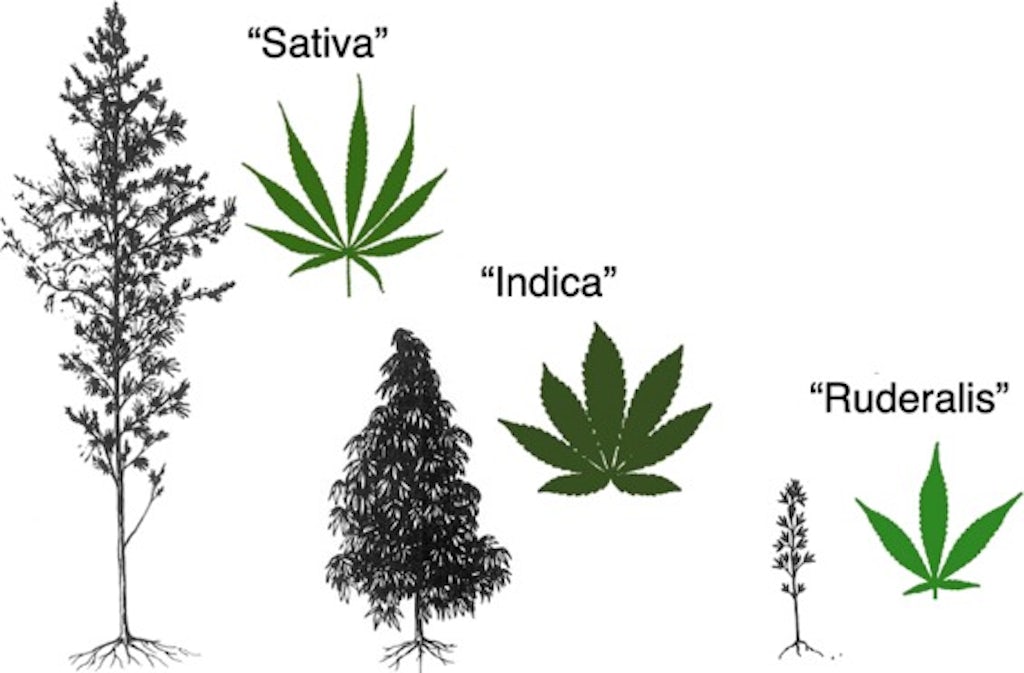
Unlike sativa and indica cannabis varieties, ruderalis has autoflowering abilities. In other words, it does not depend on light conditions to produce flowers. Instead, the plant starts producing flowers and buds after maturing. Typically, ruderalis plants flower automatically at the age of 21-30 days. Typically, ruderalis plants may take as little as 70 days to produce ready-for-harvest buds after germination. The plant has survived partly by adapting to colder climates in which cannabis varieties like sativa may not survive. 2
While studying ruderalis, Janischevsky noticed that the plants thrived despite being infested with certain red insects. These bugs fed on oily tissue at the base of the plants’ fruits (seeds). The botanist observed a curious mutually-beneficial relationship in which the “wild hemp” benefited from the propagation of its seeds by the red bugs. However, Janischevsky did not think the wild hemp he had discovered qualified as a separate cannabis species.
“Despite the notable polymorphism of hemp, and despite attempts of individual flora researchers to isolate special species of it, for the entire genus Cannabis only one species remains generally recognized in the systematic classification – Cannabis sativa. All other species described for this genus have at best been reduced to varieties, and more often are regarded as identical with the species C. sativa.”
There are many other botanists who also believe that ruderalis is more of a cannabis variety than an entirely new species. They assert that sativa, ruderalis, and indica are all subspecies of a single species called cannabis sativa. 3
Why autoflowering is important to cannabis growers
Cannabis growers never had an interest in ruderalis until recently. That’s because the variety is traditionally low on THC — the psychoactive component in marijuana. But the plant’s autoflowering ability is useful to both farmers of both recreational and medical cannabis.
Ruderalis enters the cannabis farming scene as a game-changer due to its ability to produce flowers sooner than possible with traditional indica or sativa strains. which only produce flowers due to environmental signals such as available nutrients, day length, light intensity, light quality, and ambient temperature as well as endogenous signals transmitted by plant hormones. 4
Most cannabis plants described as sativa and indica are photoperiod cannabis plants – meaning that they will only flower under certain light conditions. Typically the flowering process begins after exposure to darkness at least 12 hours each day, a natural signal to the plant that winter is approaching. Mostly, growers initiate the flowering phase in Indica or sativa plants by manipulating indoor lighting. But in ruderalis, age or maturity of the plant triggers the flowering phase.
The ability to flower without relation to the sun cycle allows growers much more freedom to plant any time of the year, and also allows for numerous harvest per year, even if growing outdoors. Therefore, it promises inexperienced growers an easy start, and plenty of opportunity to try again.
Ruderalis and cannabis hybrids
Today, cannabis growers are exploiting ruderalis’ budding ability by crossbreeding with cannabis sativa or indica. Such hybridization has produced various strains of cannabis with autoflowering properties.
After interviewing stakeholders in the cannabis industry (including growers, distributors, and seed buyers), researchers in the ISSDP study mentioned earlier discovered the following:
- Ruderalis can pass on desirable genetic traits to its cannabis crossbreed. Using the subspecies for hybridization opens possibilities for manipulating the crossbreed’s characteristics.
- Ruderalis hybridization can produce cannabis strains that are suitable for indoor growing due to their autoflowering trait. Under indoor conditions, traditional varieties like sativa and indica do not start flowering in time, as the indoor light cycle is not suitable for them.
- Some autoflowering cannabis hybrids are fit for outdoor growing. In this case, extended exposure to sunlight does not affect their flowering time.
- Ruderalis hybridization creates cannabis strains that are smaller than pure sativa or indica plants. This attribute is desirable to cannabis farmers who require discreteness. The small size is also ideal for growing the crop in smaller spaces, such as at home.
- Hybridization has made cannabis growing appreciably less sophisticated since autoflowering cannabis strains require no lighting control to produce flowers. Therefore, these hybrids are appealing to less-experienced cannabis growers.
- Since ruderalis is hard-wired to survive cold environments, its hybridization transfers this trait to the hybrid. As such, a cannabis plant with ruderalis genes is an appealing option for farmers living in colder regions of the world.
Cons of using ruderalis for hybridization
Ruderalis does have some inherent shortcomings that may be dominant in any cannabis hybrid with ruderalis genes. According to the ISSDP researchers, most ruderalis hybrids have these flaws:
- Low THC content: Ruderalis is naturally a low-potency cannabis subspecies, meaning that it has low levels of the psychoactive component, THC. Most ruderalis hybrids inherit this property.
- Low yield: The ISSDP data shows that autoflowering cannabis strains averaged 85.6 grams per plant when grown outdoors. However, regular seeds had a far superior yield of 483 grams per plant on average, also when grown outdoors. There wasn’t a significant difference in the average indoor yield for autoflowering cannabis hybrids (365 grams per square meter) and regular seeds (388 grams per square meter), according to the ISSDP findings.
- Not suitable for grafting: Cannabis plants with ruderalis genes are not suited to propagation by grafting, as these strains are genetically “programmed” to flower at a specific age. Thus, taking a cutting from a ruderalis plant and grafting it onto another cannabis strain transfers the hard-wired autoflowering “programming” to the clone.
Ruderalis for industrial hemp
Hemp can be any of the three main cannabis varieties, sativa, indica, or ruderalis. Firstly, domesticated cannabis crops, including ruderalis, which thrive in different parts of the world today originated from previously cultivated fiber hemp plants. As such, if grown under certain conditions, these subspecies may be similar to industrial hemp strains in some ways. However, industrial hemp has low THC content, which distinguishes it from the other cannabis varieties.
In the US, the legal concentration of THC in hemp is 0.3% or lower. It’s now legal to cultivate it in many countries, including Canada and the US. Since the plant is low on psychotropic THC, it is suitable for the production of foodstuff.
Some farmers grow hemp for seed production. These seeds are essentially food as they are rich in nutrients like proteins, iron, and omega-3 fatty acids. It’s also possible to process hemp seeds into oil for human consumption. Similarly, hemp is a raw material for fiber production industries. It’s a useful resource in the manufacture of paper, construction materials, and textiles. 5 6
Bottom line on cannabis ruderalis
Whether ruderalis is a species or subspecies of cannabis is still a matter of debate, but in any case our understanding of the plant has come a long way and continues to evolve. Today, ruderalis is increasingly attracting the attention of both recreational and medical cannabis growers because of its autoflowering crop. Crossbreeding it with sativa or indica varieties can produce autoflowering hybrids with certain levels of CBD or THC content. Cannabis ruderalis is also one of the cannabis subspecies most commonly associated with industrial hemp cultivation.
Sources
- Janischevsky, D. E. (1924). Форма конопли на сорных местах в Юго-Восточной России [A form of cannabis in wild areas of south-eastern Russia]. Ученые записки Саратовского государственного университета имени НГ Чернышевского [Scientific Notes of the Saratov State University named after NG Chernyshevsky], 2, 3-17.
- Gloss D. (2015). An Overview of Products and Bias in Research. Neurotherapeutics : the journal of the American Society for Experimental NeuroTherapeutics, 12(4), 731–734. https://doi.org/10.1007/s13311-015-0370-x
- McPartland J. M. (2018). Cannabis Systematics at the Levels of Family, Genus, and Species. Cannabis and cannabinoid research, 3(1), 203–212. https://doi.org/10.1089/can.2018.0039
- Bäurle, Isabel, and Caroline Dean. “The Timing of Developmental Transitions in Plants.” Cell, no. 4, Elsevier BV, May 2006, pp. 655–64. Crossref, doi:10.1016/j.cell.2006.05.005.
- Sorrentino G. Introduction to emerging industrial applications of cannabis (Cannabis sativa L.). Rend Lincei Sci Fis Nat. 2021;32(2):233-243. doi:10.1007/s12210-021-00979-1
- Rupasinghe HPV, Davis A, Kumar SK, Murray B, Zheljazkov VD. Industrial Hemp (Cannabis sativa subsp. sativa) as an Emerging Source for Value-Added Functional Food Ingredients and Nutraceuticals. Molecules. 2020;25(18):4078. Published 2020 Sep 7. doi:10.3390/molecules25184078
Sign up for bi-weekly updates, packed full of cannabis education, recipes, and tips. Your inbox will love it.

 Shop
Shop Support
Support